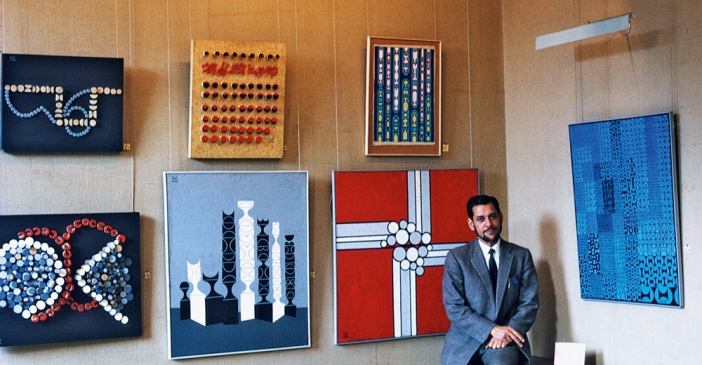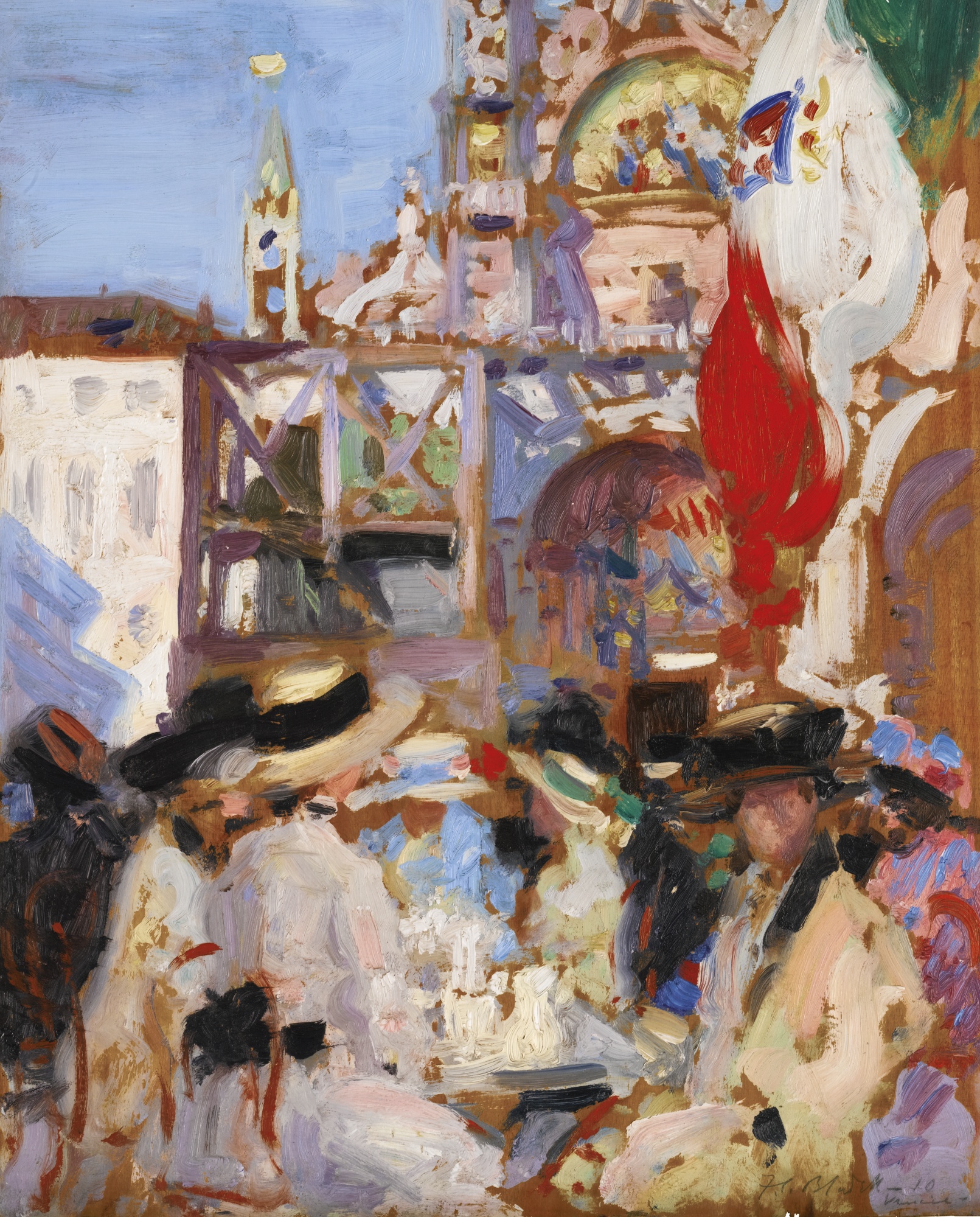Walking around the Tate Britain last week we were struck by a wonderful Spotlight Display by Anwar Shemza.
Shemza moved to London from Lahore in 1956. In London he abandoned his illustrative and figurative approach that had brought him acclaim in Pakistan, he had achieved widespread recognition in Pakistan but was unrecognised in London
Shemza started his own, new style of compositions which combined calligraphy, Islamic architectural features and abstraction. Some of his influences came from artists such as Paul Klee and we loved the way he blended this abstraction with Islamic artistic traditions.































































